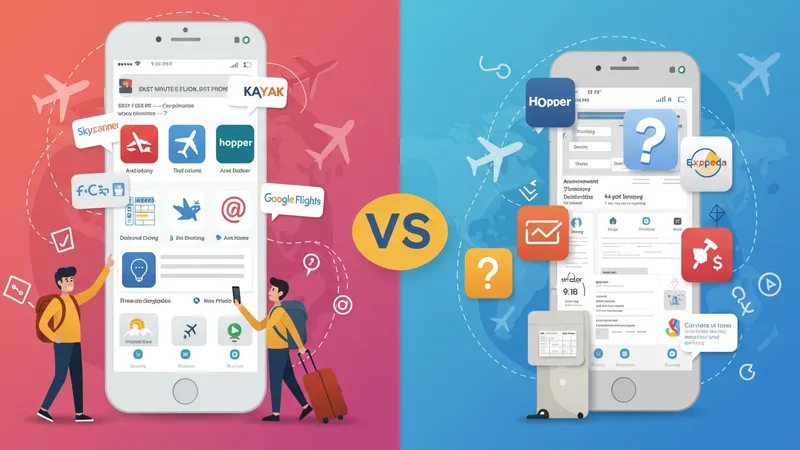
Last-Minute Flight Deals You Can Book Online
Comparing Features and Flexibility Among Last-Minute Booking Platforms
Each last-minute flight deal platform distinguishes itself with unique search capabilities and booking flexibility. Skyscanner and Kayak, for instance, prioritize comprehensive coverage and real-time filtering, making it easy for users to scan a wide selection of available flights across numerous carriers. Others, such as Hopper and Priceline Express Deals, place emphasis on price prediction or secret fares, serving travelers who are either cost-driven or open to element of surprise in their journey.

One practical difference is the level of transparency offered. Google Flights and Expedia provide clear details about airlines, layovers, and final costs upfront. Conversely, Hotwire and Priceline Express Deals use opaque booking—meaning users commit to a purchase before learning certain specifics. This duality allows budget travelers to capitalize on additional savings if they’re comfortable with some uncertainty, while those with non-flexible requirements can stick with complete disclosure platforms.
Many platforms now offer integrated refund or cancellation filters, a particularly valuable feature for last-minute flights, where plans can change rapidly. Expedia and CheapAir, as examples, permit users to search exclusively for refundable or changeable tickets. This flexibility is balanced against price, so discerning users must weigh cost savings versus peace of mind when making final selections among rapidly shifting offers.
It’s also notable how algorithms enhance deal discovery. Hopper, known for predictive analytics, alerts users when fares are likeliest to drop, sometimes just hours before departure. This innovation represents a technological leap from static booking lists—creating a user-friendly, data-driven way to catch fleeting bargains unavailable through direct airline browsing. As booking windows shrink and supply fluctuates, choosing the right platform for your travel personality is increasingly important.